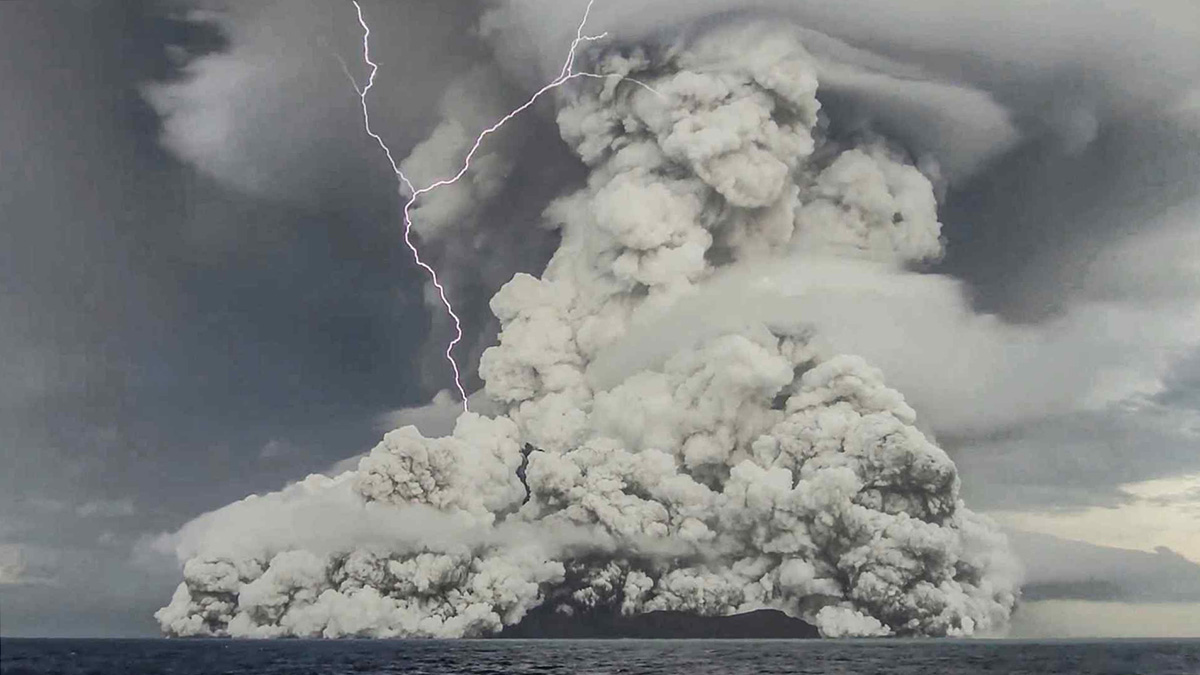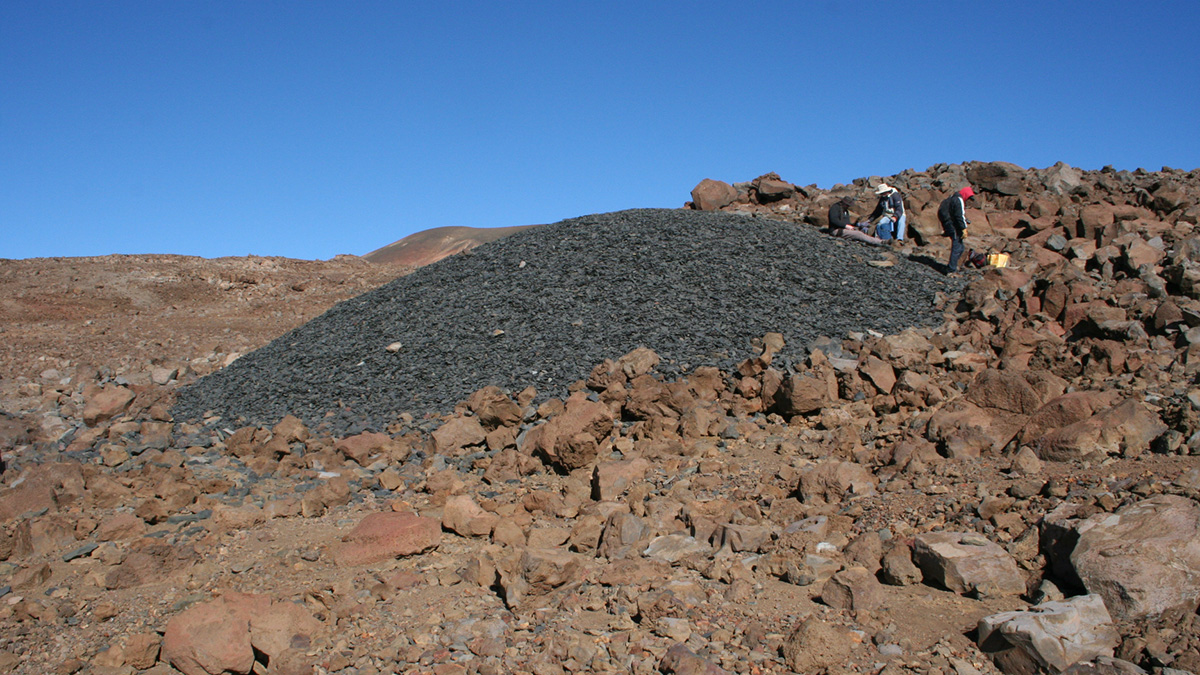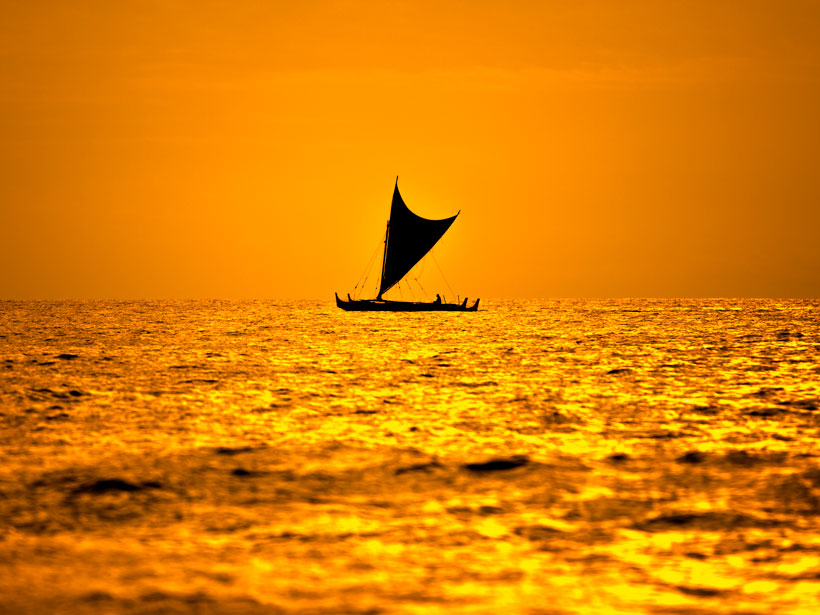Scientists used the chemistry of stone artifacts to trace human migration in the Pacific, revealing evidence of long voyages and cultural exchange.
Polynesia
Monitoreando el agua en la columna eruptiva masiva del volcán de Tonga
La reciente erupción del volcán Hunga Tonga-Hunga Ha’apai arrojó aerosoles de sulfatos y una cantidad nunca antes vista de vapor de agua a la estratosfera.
Tracking Water in the Tongan Volcano’s Massive Eruption Plume
The recent eruption of the Hunga Tonga–Hunga Ha‘apai volcano blasted sulfate aerosols and a record-breaking amount of water vapor into the stratosphere.
Geochemical Data from Polynesian Artifacts Pack Pofatu Database
A new resource may help match artifacts with their original stone sources—“a really a niche part of archaeology that requires geological expertise.”
Navigating the Pacific with Wind, Waves, and Stars
Ancient Polynesian voyagers sailed thousands of kilometers with no maps or compasses; they followed nature’s clues. Using the same tools, the Moananuiākea Voyage will set sail from Alaska and circle the Pacific.
Humans Colonized Polynesia Much Earlier Than Previously Thought
Evidence from mud, charcoal, and feces suggests humans arrived in East Polynesia during the driest period in 2 millennia.
Stars and Swells Guide a Polynesian Canoe Around the World
Modern oceanographers and ancient navigators rely on similar waves to study the world's oceans.







